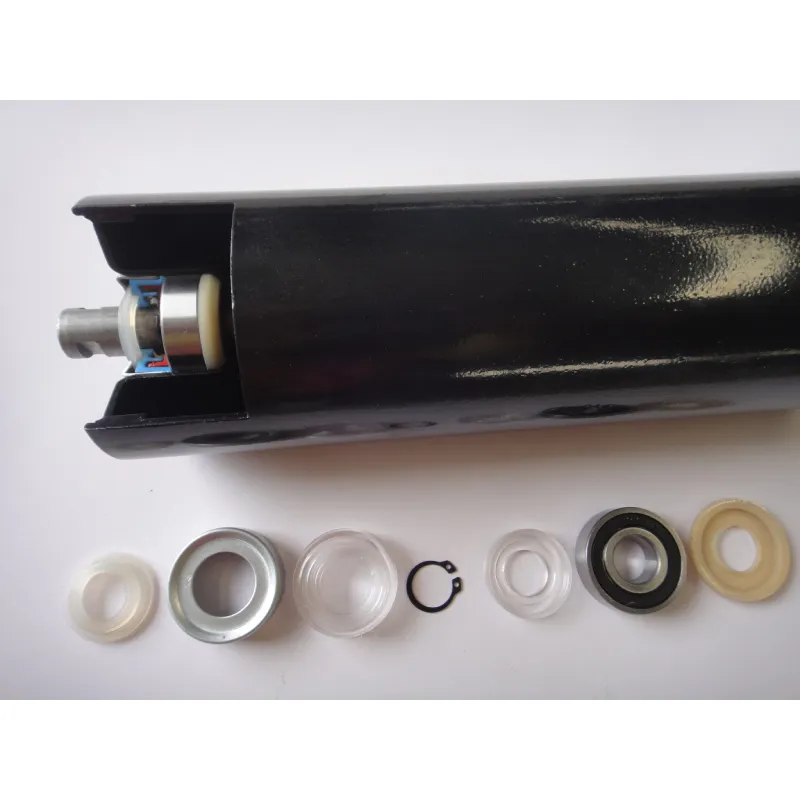 Afrikaans
Afrikaans  Albanian
Albanian  Amharic
Amharic  Arabic
Arabic  Armenian
Armenian  Azerbaijani
Azerbaijani  Basque
Basque  Belarusian
Belarusian  Bengali
Bengali  Bosnian
Bosnian  Bulgarian
Bulgarian  Catalan
Catalan  Cebuano
Cebuano  Corsican
Corsican  Croatian
Croatian  Czech
Czech  Danish
Danish  Dutch
Dutch  English
English  Esperanto
Esperanto  Estonian
Estonian  Finnish
Finnish  French
French  Frisian
Frisian  Galician
Galician  Georgian
Georgian  German
German  Greek
Greek  Gujarati
Gujarati  Haitian Creole
Haitian Creole  hausa
hausa  hawaiian
hawaiian  Hebrew
Hebrew  Hindi
Hindi  Miao
Miao  Hungarian
Hungarian  Icelandic
Icelandic  igbo
igbo  Indonesian
Indonesian  irish
irish  Italian
Italian  Japanese
Japanese  Javanese
Javanese  Kannada
Kannada  kazakh
kazakh  Khmer
Khmer  Rwandese
Rwandese  Korean
Korean  Kurdish
Kurdish  Kyrgyz
Kyrgyz  Lao
Lao  Latin
Latin  Latvian
Latvian  Lithuanian
Lithuanian  Luxembourgish
Luxembourgish  Macedonian
Macedonian  Malgashi
Malgashi  Malay
Malay  Malayalam
Malayalam  Maltese
Maltese  Maori
Maori  Marathi
Marathi  Mongolian
Mongolian  Myanmar
Myanmar  Nepali
Nepali  Norwegian
Norwegian  Norwegian
Norwegian  Occitan
Occitan  Pashto
Pashto  Persian
Persian  Polish
Polish  Portuguese
Portuguese  Punjabi
Punjabi  Romanian
Romanian  Russian
Russian  Samoan
Samoan  Scottish Gaelic
Scottish Gaelic  Serbian
Serbian  Sesotho
Sesotho  Shona
Shona  Sindhi
Sindhi  Sinhala
Sinhala  Slovak
Slovak  Slovenian
Slovenian  Somali
Somali  Spanish
Spanish  Sundanese
Sundanese  Swahili
Swahili  Swedish
Swedish  Tagalog
Tagalog  Tajik
Tajik  Tamil
Tamil  Tatar
Tatar  Telugu
Telugu  Thai
Thai  Turkish
Turkish  Turkmen
Turkmen  Ukrainian
Ukrainian  Urdu
Urdu  Uighur
Uighur  Uzbek
Uzbek  Vietnamese
Vietnamese  Welsh
Welsh  Bantu
Bantu  Yiddish
Yiddish  Yoruba
Yoruba  Zulu
Zulu components of conveyor system
Components of a Conveyor System
Conveyor systems are essential components in various industrial applications, designed to transport materials efficiently from one location to another. Understanding the key components of conveyor systems can provide insights into how they operate and their importance in modern manufacturing and logistics. This article explores the primary components of conveyor systems and their roles in ensuring seamless material handling.
1. Belt The belt is perhaps the most recognizable component of a conveyor system. Composed of various materials, such as rubber or plastic, the belt acts as the medium that carries the goods. The choice of belt material depends on the type of materials being transported, the weight, and the environmental conditions. For example, heavy metal parts may require a sturdy steel belt, while delicate items may need a softer rubber or plastic belt to prevent damage.
Components of a Conveyor System
3. Rollers Rollers play a vital role in supporting and guiding the belt. They are strategically placed throughout the conveyor system to reduce friction and facilitate smooth movement. There are different types of rollers, including drive rollers, which help in the movement of the belt, and return rollers, which support the belt as it travels back to the starting point. The design and material of the rollers can affect the efficiency and longevity of the conveyor system.
components of conveyor system

4. Idlers Idlers are similar to rollers but are typically used to support the belt in areas where it does not carry a load. They help maintain the belt’s tension and alignment, which are critical for the smooth operation of the conveyor. Properly installed idlers can prevent belt sagging and reduce wear, ultimately extending the life of the conveyor system.
5. Chassis The chassis, or frame, provides the structure to which all components of the conveyor system are attached. It is typically made of steel or aluminum and is designed to withstand the weight of the entire assembly, including the materials being transported. The chassis must be robust enough to handle the operational environment, including vibrations, impacts, and potential corrosive materials.
6. Safety Features Safety features in conveyor systems include emergency stop buttons, guards, and sensors. These components are crucial in ensuring the safety of operators and preventing accidents in the workplace. Regular inspections and maintenance of these safety features are necessary to comply with safety regulations and to promote a safe working environment.
Conclusion In conclusion, conveyor systems are integral to the efficiency of modern manufacturing and logistics. Understanding the components—belt, drive system, rollers, idlers, chassis, and safety features—can help in designing, maintaining, and optimizing these systems. By investing in quality components and regular maintenance, industries can improve productivity and ensure smooth operations, ultimately leading to enhanced profitability and operational success.
-
Revolutionizing Conveyor Reliability with Advanced Rubber Lagging PulleysNewsJul.22,2025
-
Powering Precision and Durability with Expert Manufacturers of Conveyor ComponentsNewsJul.22,2025
-
Optimizing Conveyor Systems with Advanced Conveyor AccessoriesNewsJul.22,2025
-
Maximize Conveyor Efficiency with Quality Conveyor Idler PulleysNewsJul.22,2025
-
Future-Proof Your Conveyor System with High-Performance Polyurethane RollerNewsJul.22,2025
-
Driving Efficiency Forward with Quality Idlers and RollersNewsJul.22,2025





























